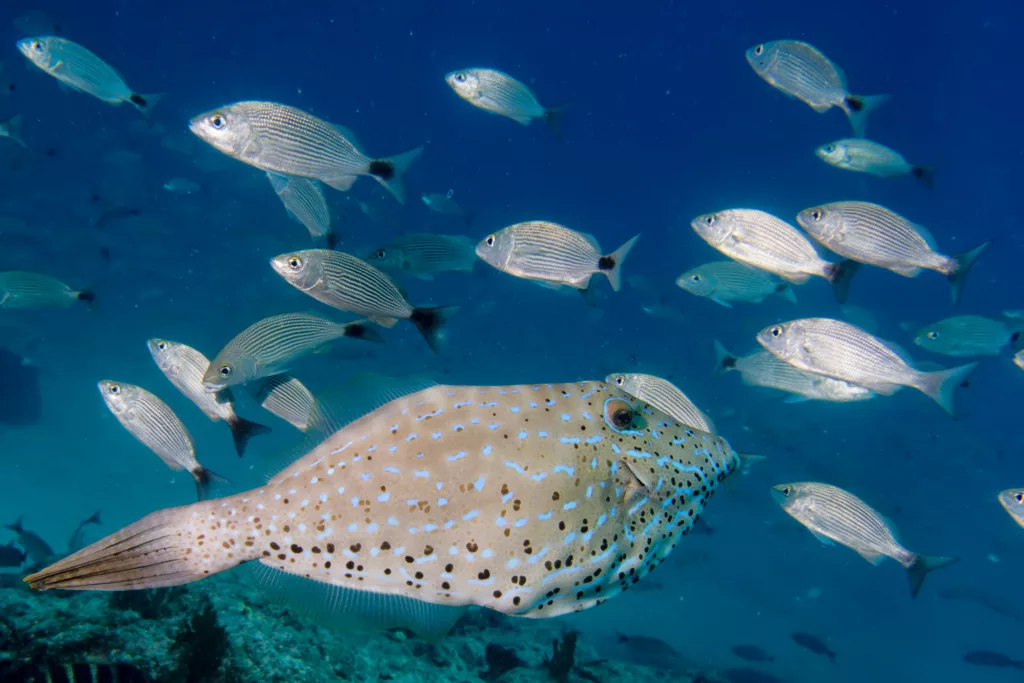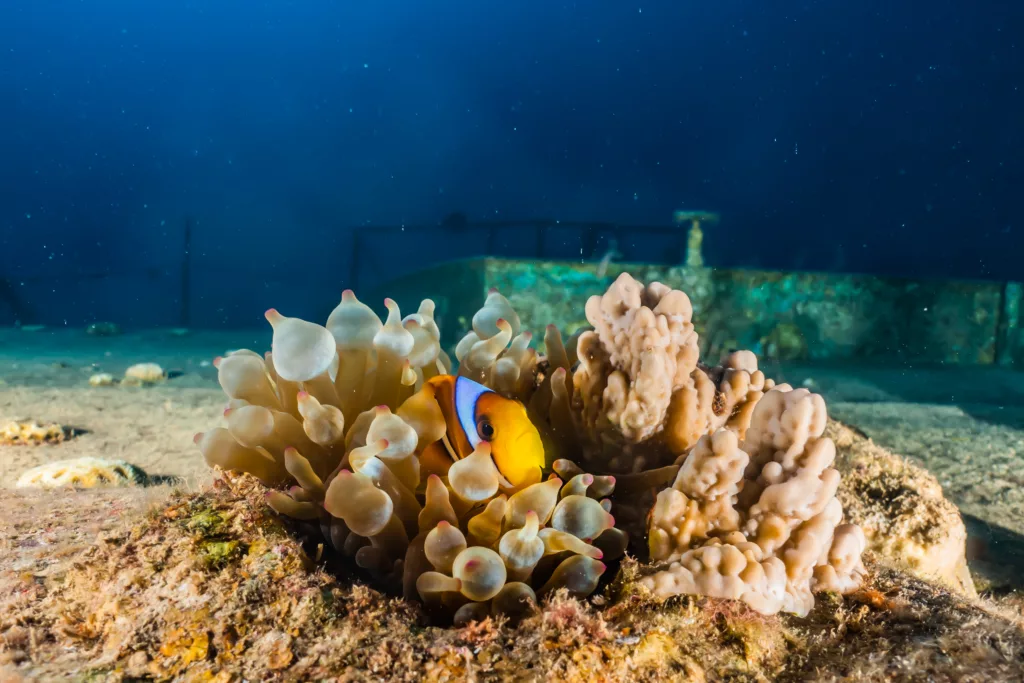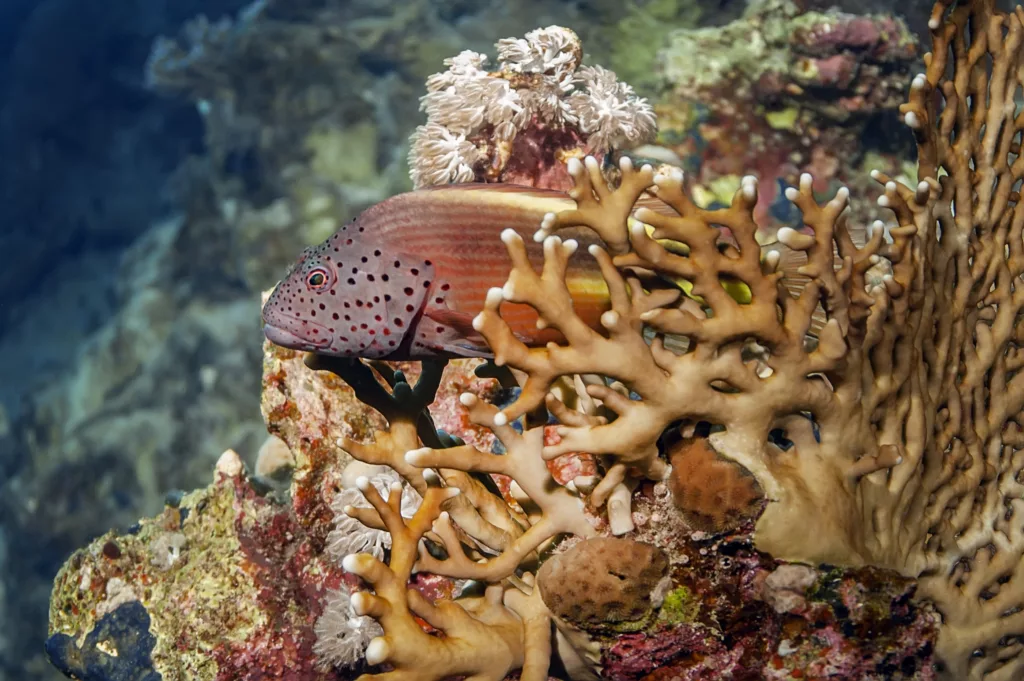Diving into the deep blue can unearth a world of wonder and amazement. However, beneath the waves, where words are swallowed by the sea, communication takes a different turn. In the serene yet alien underwater environment, understanding and using hand gestures becomes crucial for safety and shared enjoyment. This guide explores the essential hand signals in scuba diving, especially focusing on the enchanting dive sites of Bali, Indonesia. Whether you’re planning your next dive in Bali or just curious about underwater communication, knowing these signals can enhance your diving experience exponentially.
The Basics of Underwater Hand Signals
Scuba diving requires more than just equipment and good health; it demands effective non-verbal communication. Essential signals like ‘OK’, ‘Problem’, ‘Surface’, and ‘Which direction?’ are universal in diving. Each gesture conveys critical information that ensures the safety and coordination of divers. Mastering these signals means maintaining high signal clarity in environments where speech is impossible. Learning and practicing in controlled environments, like diving schools, can prepare you for actual underwater scenarios. Effective communication underwater starts with mastering these fundamental hand signals. Each of these signals is not just a motion but a crucial bridge for conveying vital safety messages and operational instructions. An ‘OK’ signal ensures all parties are in good condition; a ‘Problem’ signal can specify an issue that might need immediate attention; a ‘Surface’ signal could indicate a need to ascend for safety or procedural reasons. It is thereby imperative to not only use these signals but to ensure they are clear and understood by all diving participants. This clarity reduces risks and enhances the enjoyment of exploring aquatic environments. Comprehensive training and repeated practice sessions help in ingraining these signals so they become second nature during a dive.
Bali Diving: A Gateway to Underwater Adventures

Bali, often heralded as a must-visit locale for diving enthusiasts, offers an array of dive sites suitable for all levels of experience. From the renowned USS Liberty Shipwreck in Tulamben to the ethereal beauty of the coral gardens in Menjangan, each site provides unique attractions and challenges. Communicating effectively using hand gestures is not just useful but necessary in these diverse underwater terrains. These skills ensure divers can alert their buddies about a rare manta ray in sight or warn them about changing current patterns. Bali’s underwater world is rich with diverse marine life and striking geological formations, creating a spectacular backdrop for any diving expedition. Engaging in this activity here allows divers to experience the vibrant aquatic life and breathtaking underwater landscapes, making every dive a memorable adventure. Effective communication through hand signals plays a crucial role in navigating these waters efficiently and safely, highlighting the importance of these skills. Seasoned and novice divers alike will find Bali’s dive sites both challenging and rewarding, making it a top destination for underwater exploration globally.
Advanced Gestures for Experienced Divers

For those seeking enhanced diving experiences, such as night diving or wreck penetration, more complex hand signals become relevant. Signals indicating ‘low air’, ‘entanglement’, or ‘end the dive’ are vital in managing potential underwater crises. Seasoned divers often develop personalized gestures too; a technique that can be particularly useful in the varied underwater landscapes in Indonesia. Advanced signaling is an invaluable skillset at more challenging sites, ensuring divers can share their intentions and worries unequivocally. As divers progress in their skills, they often encounter situations where off-the-book signals need to be developed and understood among the dive group. This customization of hand signals accommodates unique or urgent scenarios not covered by the basic signals. For example, specific gestures indicating particular species of marine life not frequently seen, or signals that address specific mechanical failures in equipment. Adequately mastering these advanced signals offers a safety net and enhances communication clarity, especially during complex or challenging dives. This mastery also fosters a sense of camaraderie and trust among experienced divers, as they rely on each other’s understanding and prompt responses.
Culturally Specific Signals and Bali’s Diving Etiquette

While many hand signals are universal, certain nuances can vary from one region to another. In Bali, for instance, local dive masters might have specific gestures for communicating typical sightings or common dangers specific to Indonesian waters. Understanding and adapting to these regional variations can immensely enhance the diving experience and safety. It’s also a show of respect to the local diving community and culture, fostering a more immersive and enjoyable adventure. These culturally specific signals include subtle variations that can indicate different types of marine life or particular hazards that are unique to the region. They can be crucial for ensuring safety and for making the dive a more enriching experience by allowing divers to interact more intuitively with their environment and with each other. In Bali, respecting these custom signals and the overall diving etiquette not only enriches the cultural aspect of your adventure but also integrates you more into the ecosystem of local divers. This knowledge and adaptation contribute significantly to a smoother and respectful diving experience, emphasizing the importance of cultural sensitivity in global diving practices.
Practice Makes Perfect: Tips for Mastering Underwater Signals
Practicing hand signals both on land and during shallow water dives is pivotal. Use dive training sessions in Bali to acquaint yourself with the necessary signals and rehearse them regularly. Watching experienced divers and mimicking their clarity can also be incredibly beneficial. Remember, the clarity of your hand signals can dramatically increase your underwater communication efficiency, transforming your dives from good to great and ensuring safety throughout your travels. To perfect these hand signals, engaging in regular practice sessions becomes essential. Joining local dive clubs, participating in refresher courses, and practicing with seasoned divers can help reinforce the hand signals. Immersive training environments mimic real-life scenarios, providing an excellent backdrop for applying and refining these communication skills. This consistent practice is not merely about learning the motions but about ensuring they become intuitive responses under water. This level of proficiency is crucial for ensuring that all divers within your group can rely on each other’s ability to communicate effectively, especially in situations where verbal communication is impossible, thus maintaining a serene and secure diving environment.
Diving Deep into Silent Conversation
The mastery of underwater hand gestures is more than just a skill—it is an essential part of diving that ensures safety, enhances mutual understanding and enriches the overall experience. Whether you’re traversing the vibrant dive sites of Bali or exploring other oceans, these silent signals are your lifeline. They bridge the gap between divers, allowing for a seamless exchange of vital information and shared moments of wonder. As you dive into your next underwater adventure, remember that each gesture you make contributes to a high signal environment of communication and safety.


A great read for diving enthusiasts! The blog does a commendable job explaining the importance of hand gestures while diving, especially for a mesmerizing dive location like Bali. It prompted me to learn and practice my signals better.
I’m impressed by how comprehensive this guide is! It’s amazing to see so many essential hand signals covered in one place. As someone who loves diving, I can attest that mastering these signals makes all the difference in ensuring a safe and enjoyable experience.
Hi Ling Low, thank you for taking the time to share your thoughts on our guide! We’re thrilled to hear that it’s been helpful in covering essential hand signals. At Pebble and Fins, we’re committed to providing a safe and enjoyable experience for all divers, and we appreciate your feedback. If you have any further questions or would like more information on our training facilities or courses, please don’t hesitate to reach out. You can contact us at [email protected] or +62 857 3891 8262. We look forward to hearing from you again and revisiting your thoughts in the future.
I totally agree with the importance of understanding cultural specific signals. As someone who’s been diving in Bali, I can attest that it’s crucial to respect local customs and etiquette to have a truly immersive experience.
Hi Kian, thank you for sharing your experience about diving in Bali! We at Pebble and Fins completely agree with the importance of understanding cultural specific signals. It’s not only a sign of respect but also crucial for ensuring safety during dives. Our resort is committed to providing our guests with the best possible experience, and we’re proud to offer dedicated training facilities for local staff and surrounding communities. If you have any questions or would like to know more about our initiatives, please don’t hesitate to contact us at [email protected] or +62 857 3891 8262. Looking forward to hearing from you again!
I love how this guide emphasizes the importance of practice. It’s so true that mastering hand signals takes time and effort, but it’s essential for safe diving. I’ve seen many accidents happen because divers didn’t communicate effectively.
Dear Mei Wong, thank you for sharing your valuable insight about the importance of practice in mastering hand signals. At Pebble and Fins, we believe that effective communication underwater is crucial for a safe and enjoyable diving experience. We offer dedicated training facilities for our local staff and guests to ensure they have the necessary skills to navigate the waters safely. If you’re interested in learning more about our diving courses or would like to share your own experiences with us, please don’t hesitate to reach out. You can contact us at [email protected] or call +62 857 3891 8262. We look forward to hearing from you.